Hong-ran-miduk Hanok Guesthouse in Jeonju Hanok Village
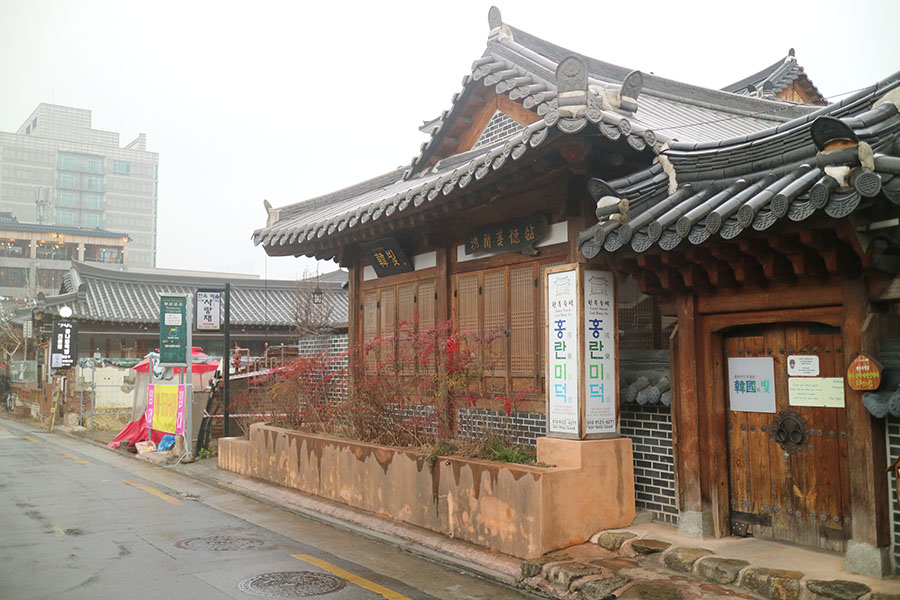
Last year, Jeonju was ranked #3 in Lonely Planet’s “2016 Best Destinations in Asia.” The traditional beauty of the city has been spotlighted by media. If you want to experience something genuinely Korean in the city renowned for traditional culture, you should get to know “Hanok.” Hanok is the traditional Korean-style house. In this post, I will introduce ‘Hong-ran-miduk,’ a Hanok guesthouse which has been promoting the beauty of Hanok for more than half a century.
Hong-ran-miduk Hanok Guesthouse
Address: 107, Hanji-gil, Wansan-gu, Jeonju, Jeollabuk-do, 55041
Check-in 15:00, Check-out 10:30 / Phone (+82) 010-6857-1238
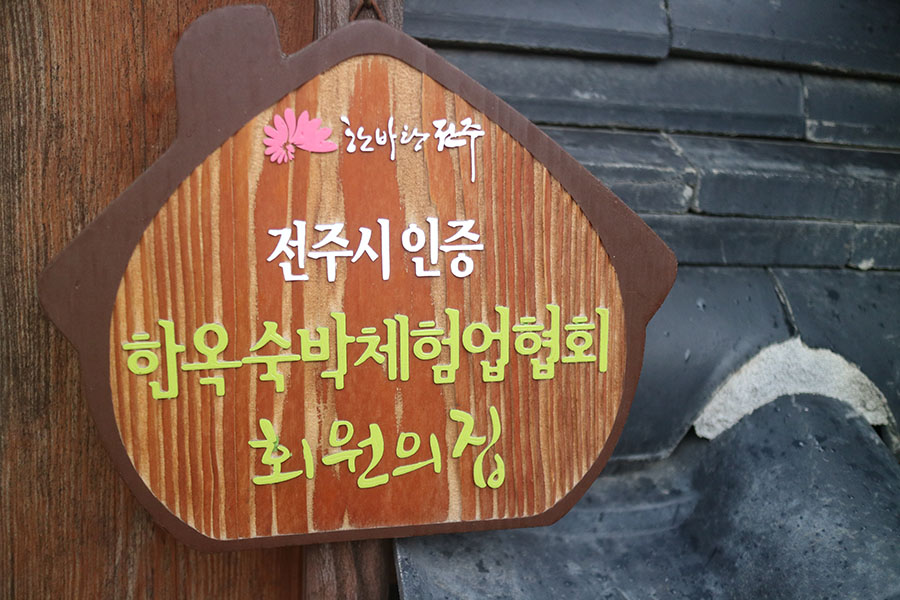
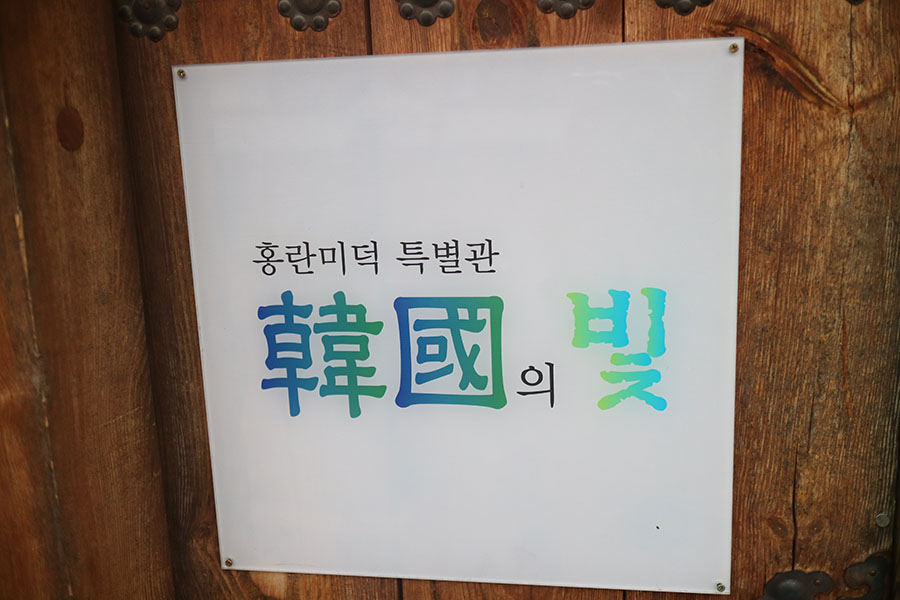
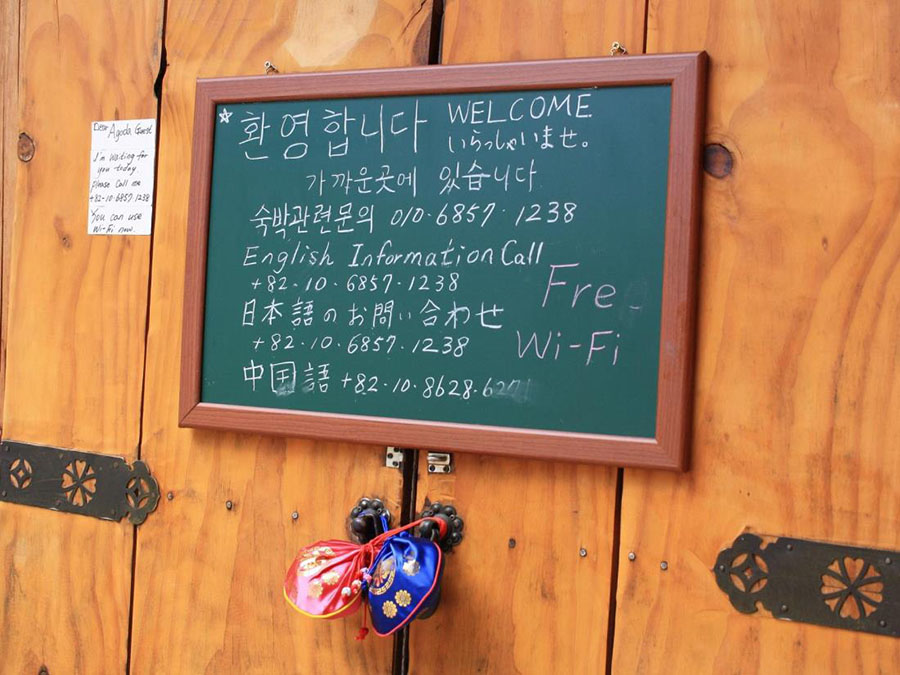
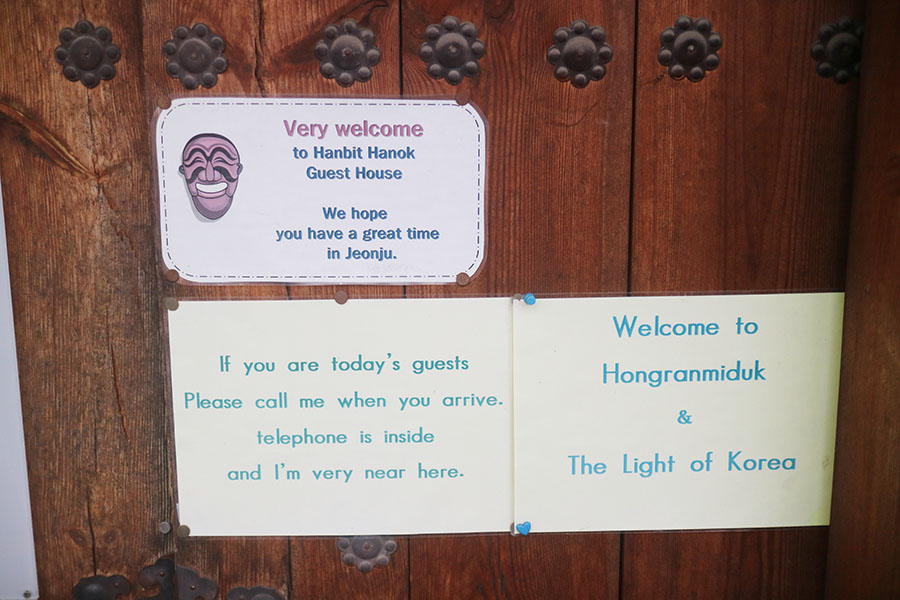
The first snow of the winter was falling when I visited Hong-ran-miduk in Jeonju Hanok Village. Situated between Lewin Hotel and Omokdae Pavilion, Hong-ran-miduk was easy to find. The Hanok guesthouse is certified by the city of Jeonju as a genuine Hanok accommodation. On the gate was written “WELCOME TO HONGRANMIDUK & THE LIGHT OF KOREA.”
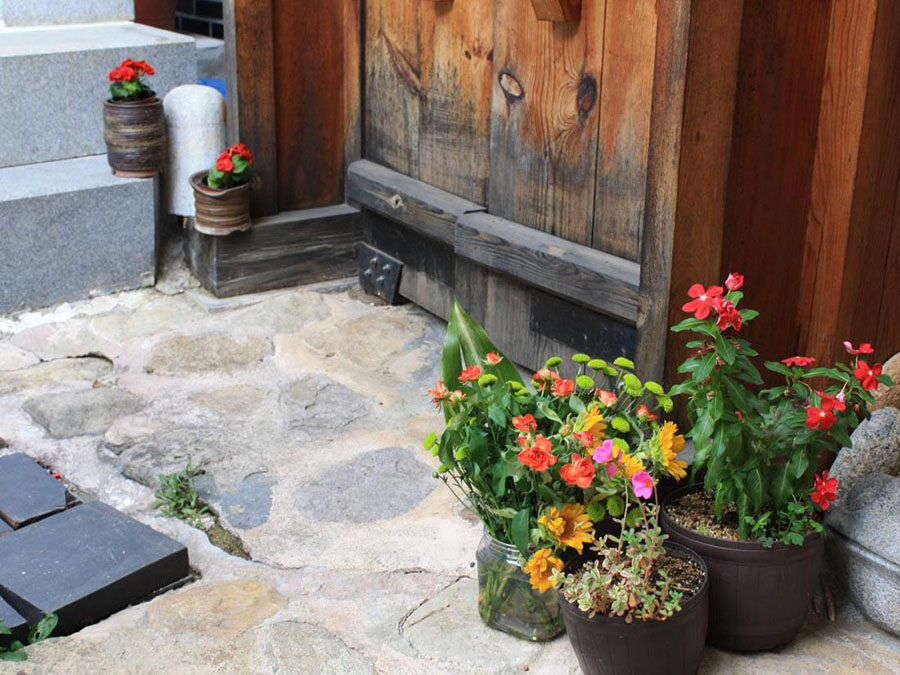
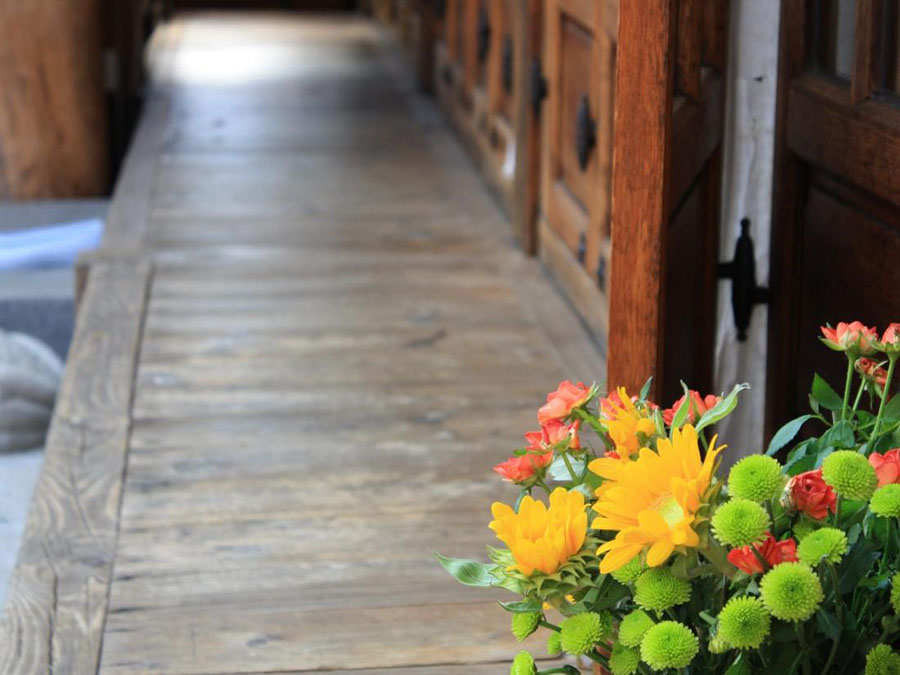
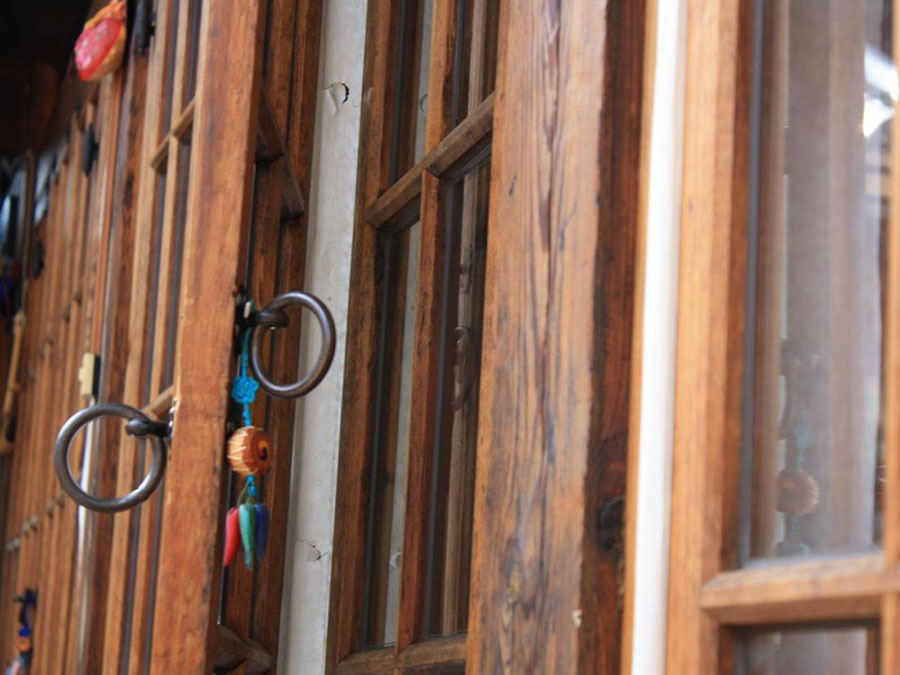
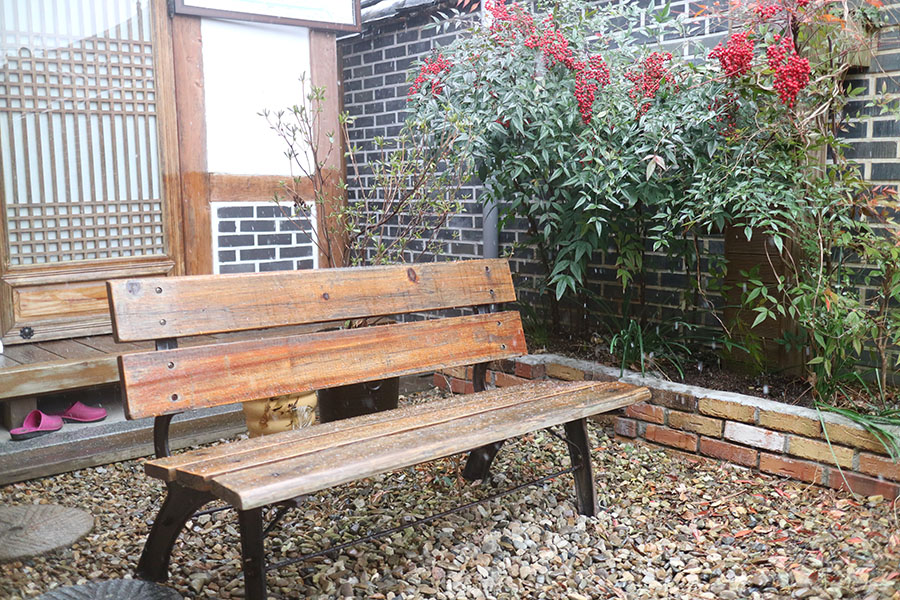

I gently opened the gate and stepped inside the walls. Small but charming courtyard of Hanok came into my view. The small courtyard was beautiful in a typical Korean way in that it is neither exuberant nor artificial, but rather in harmony with the surroundings.
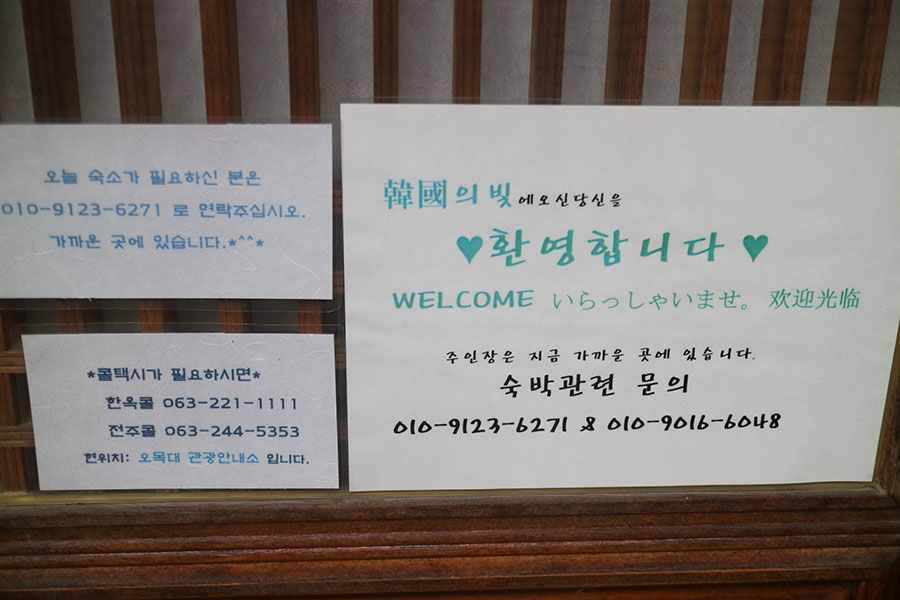


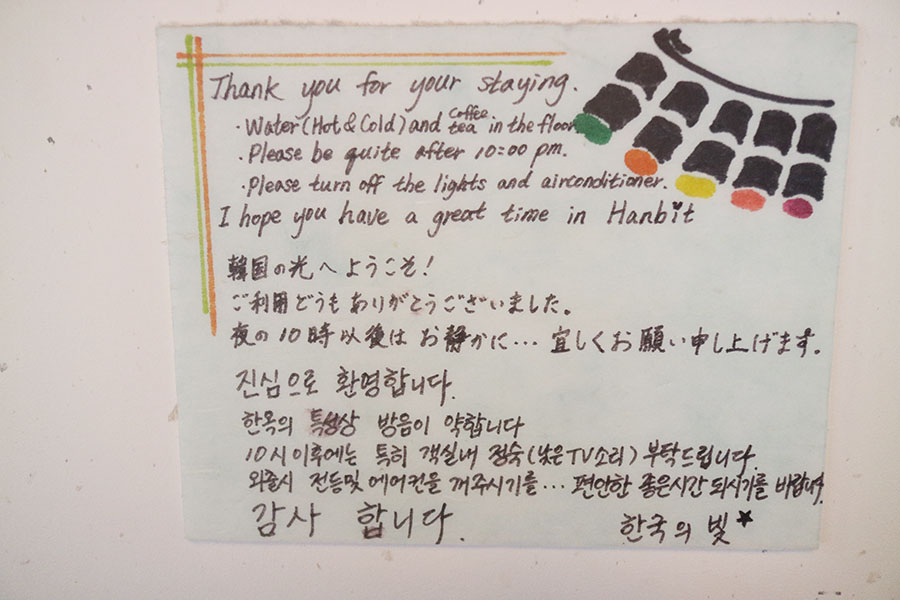
These are the notices attached in different places of Hong-ran-miduk. The place lets the travellers without mobile phone use the guesthouse phone. Even before Jeonju Hanok Village became popular, Hong-ran-miduk has been hosting visitors from overseas through the websites such as ‘Expedia,’ ‘Agoda,’ ‘Hotels.com,’ and ‘Booking.com.’ This must be why there are notices in English, Japanese, and Mandarin.
In my opinon, thanks to places such as Hong-ran-miduk, which promote traditional Korean culture and show consideration for visitors, Jeonju was introduced by Lonely Planet. According to the websites mentioned above, the guesthouse is in fact popular among visitors from overseas for its traditional Korean ambience.
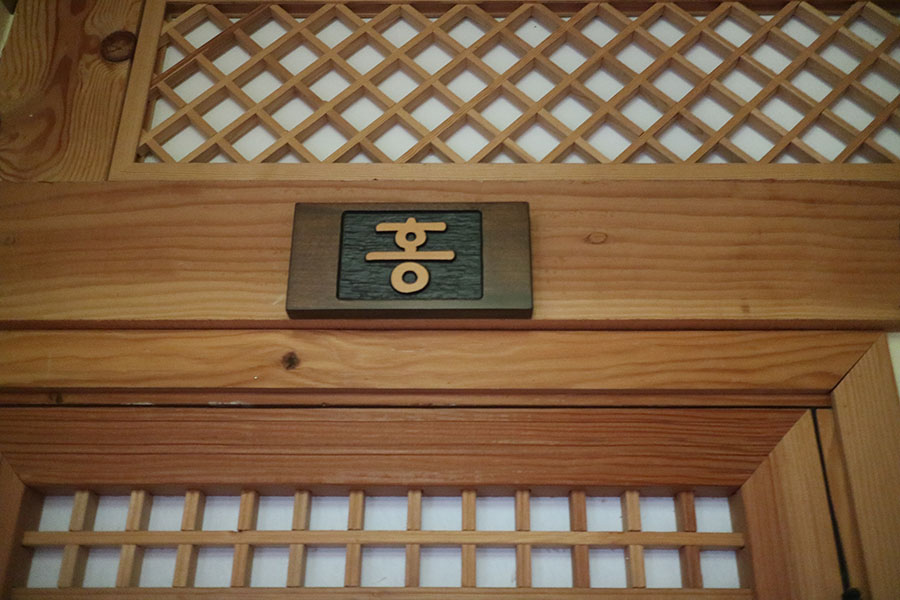
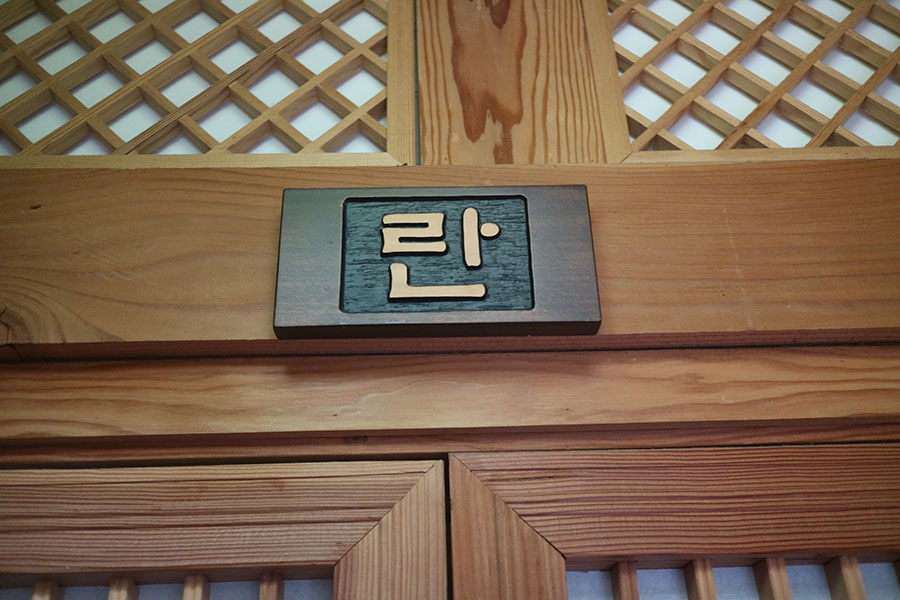

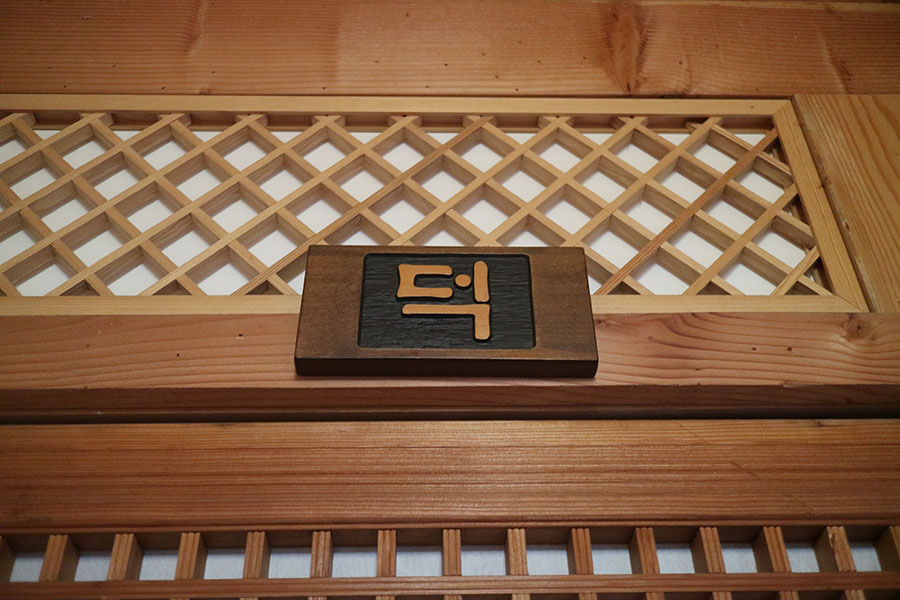
The elegant courtyard, old bamboo baskets, traditional flower-print shoes, and the antique Hanok of Hong-ran-miduk reminded me of Joseon Dynasty’s aristocratic residence. The guesthouse has five rooms: ‘Hong,’ ‘Ran,’ ‘Mi’, ‘Duk,’ and ‘Hat-bit.’ The rooms can accommodate from two to ten people.

“We are happy to have the Mother and Father who parented the proud four brothers and sisters, ‘Hong,’ ‘Ran,’ ‘Mi’, ‘Duk.’” I could feel the warmth and love of a happy family. It seems that spending a night in Hong-ran-miduk would be as comfortable as staying at your grandparent’s house.
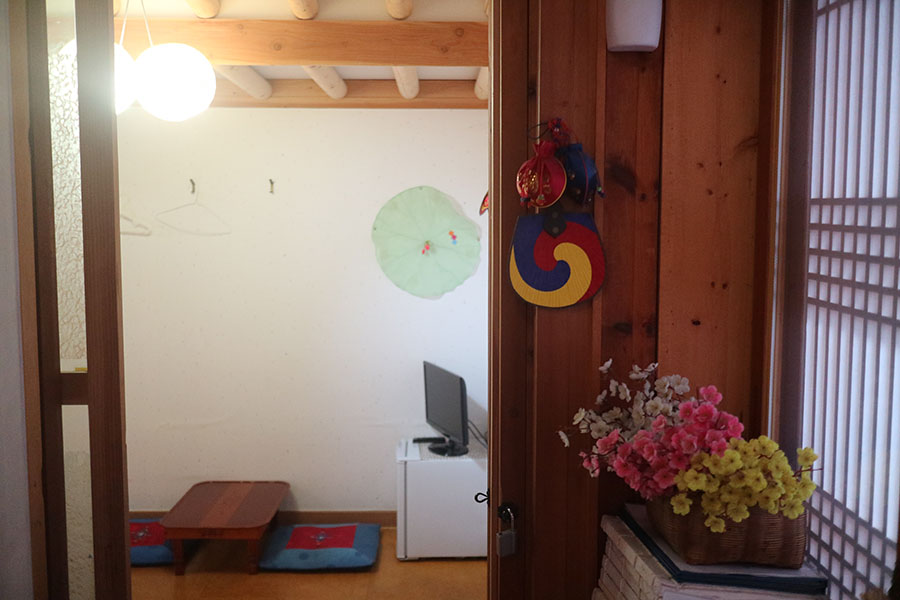
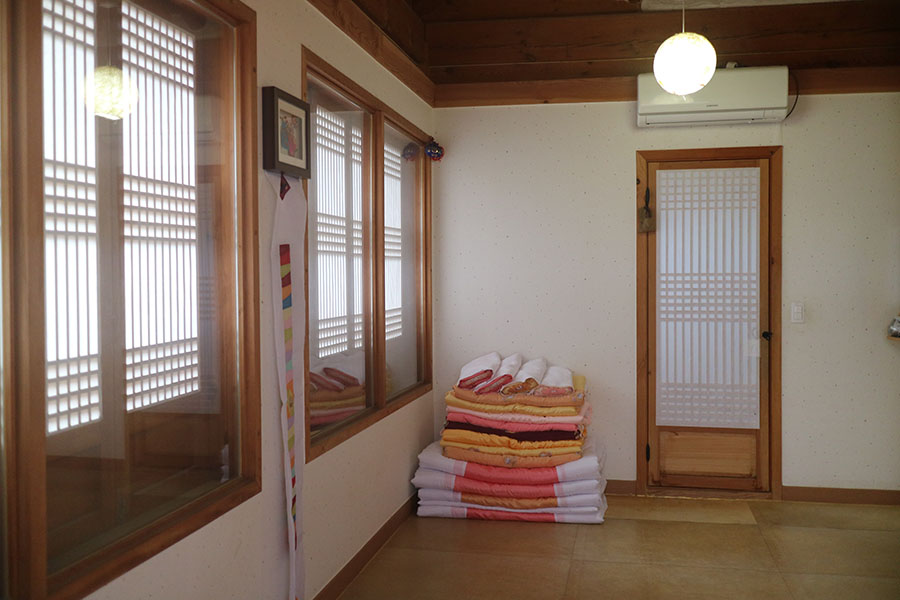
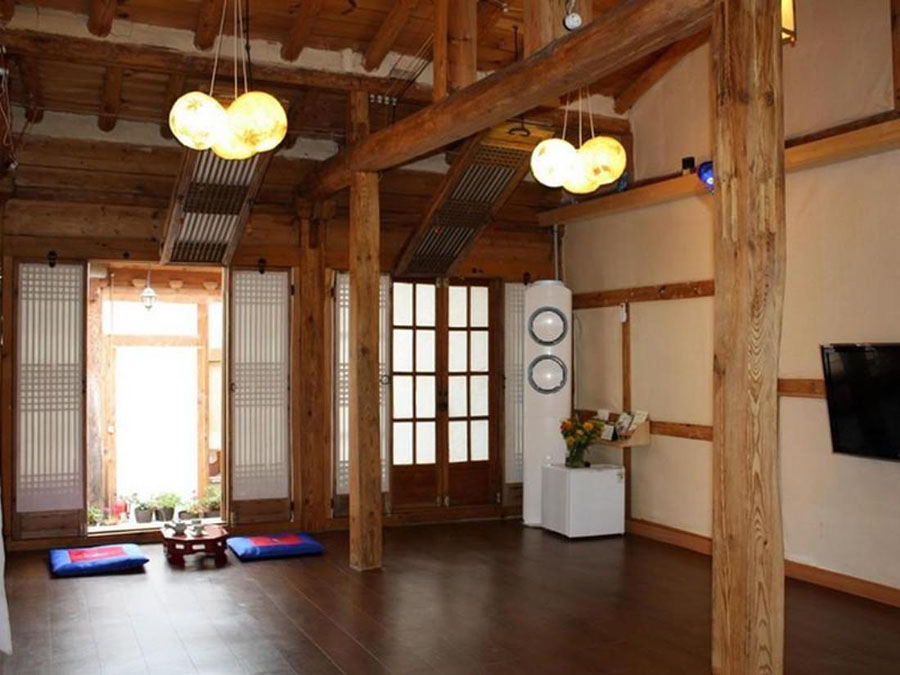

Jeonju has many Hanok accommodations. Apart from Hong-ran-miduk, ‘Deokmanjae’ is also a renovated Hanok guesthouse with a history of over half a century where you can experience the quiet and relaxed stay at a traditional Korean house. Both Hong-ran-miduk and Deokmanjae are available at the website ‘Expedia’ for around 70,000 won per night.
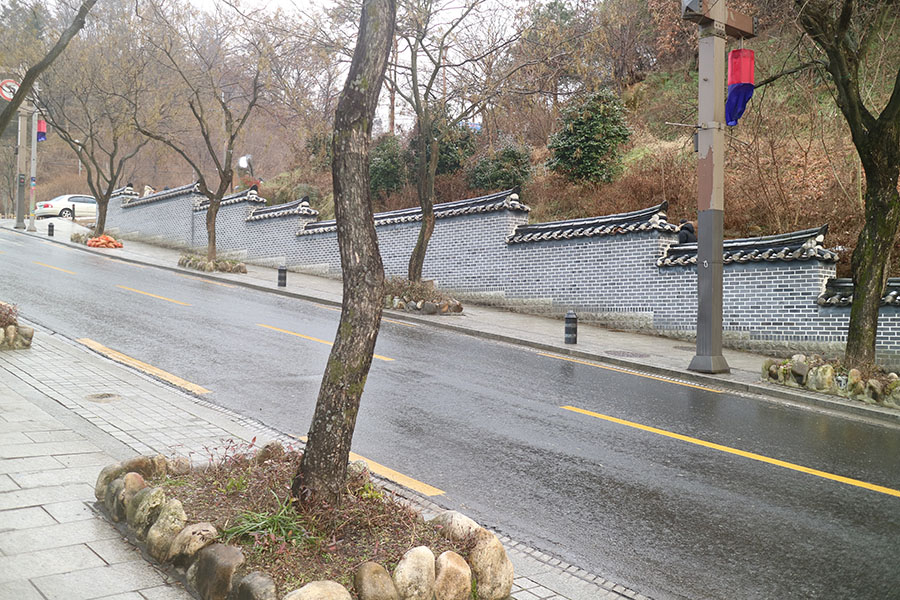
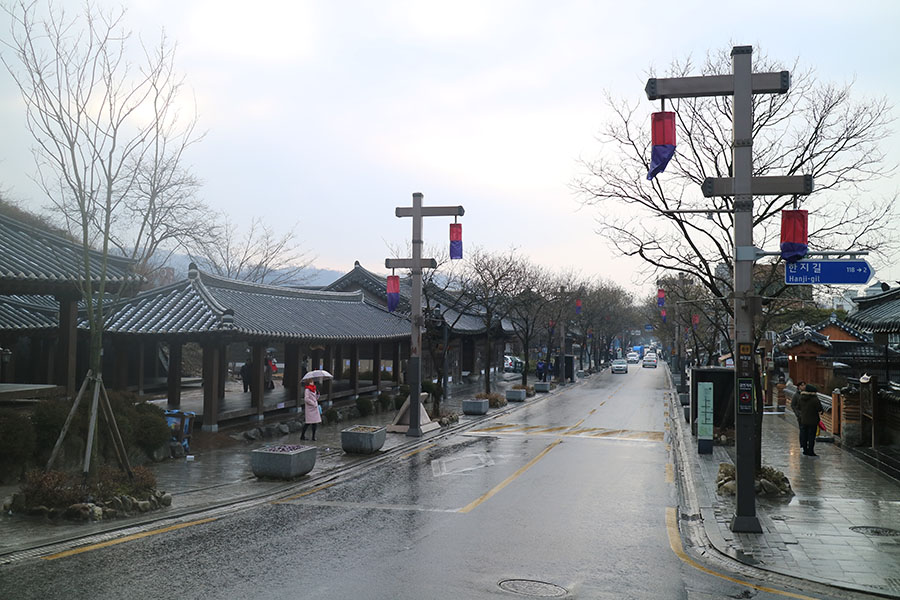
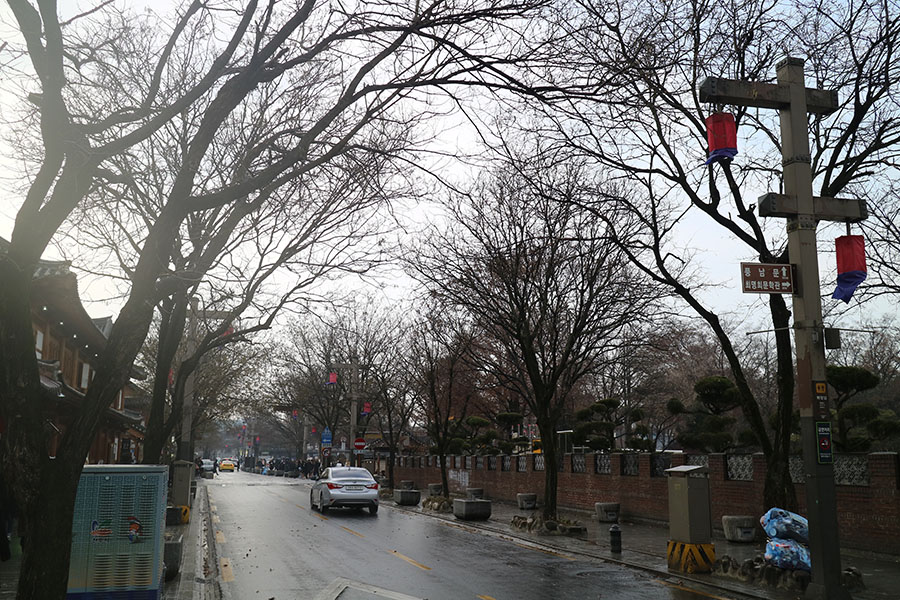
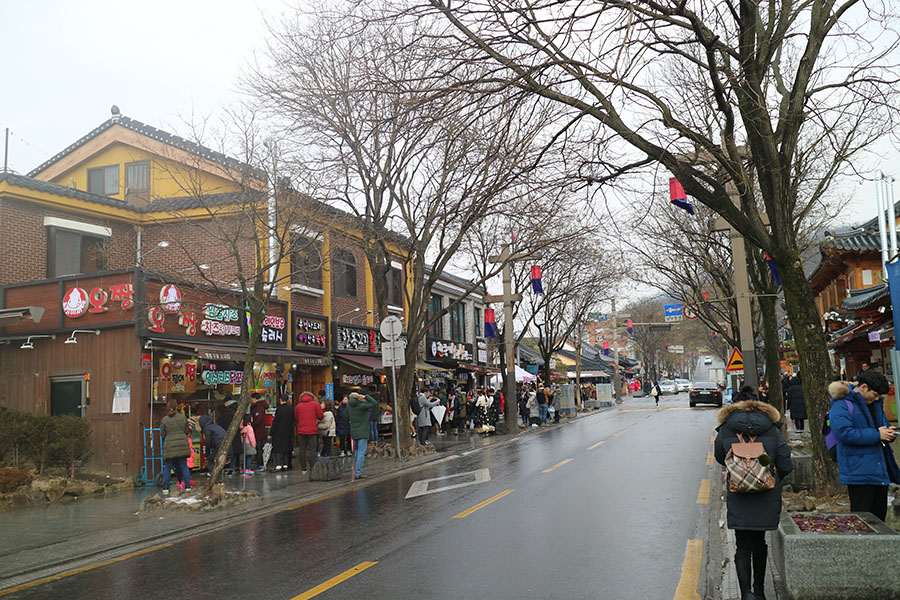
Jeonju is a place where you can experience traditional Korean culture almost everywhere. The Hanok Village’s antique and relaxed ambience heightens the winter mood. There are many places to experience traditional Korean culture along Taejo-ro, the main street of the Hanok Village. I recommend Choi Myung-hee Literary Museum, Jeonju Crafts Exhibition Hall, and Jeonju Korean Traditional Wine Museum.


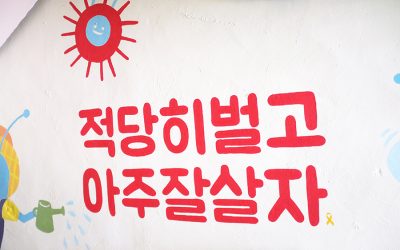
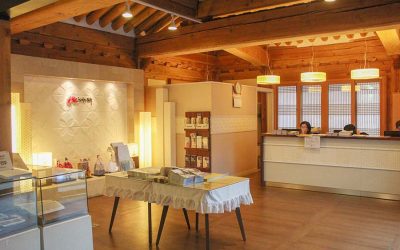
최신 댓글